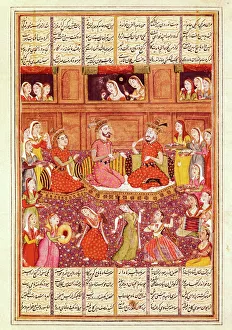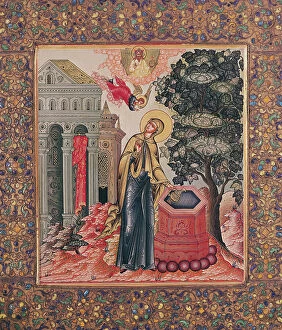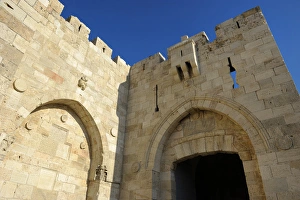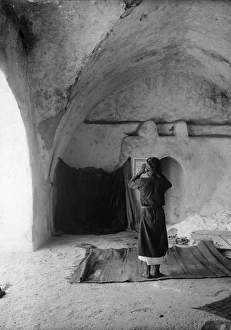Mihrab Collection
The mihrab, a significant element in Islamic architecture, holds deep historical and cultural significance
All Professionally Made to Order for Quick Shipping
The mihrab, a significant element in Islamic architecture, holds deep historical and cultural significance, and is a niche or prayer alcove that indicates the direction of Mecca, towards which Muslims face during their prayers. The concept of the they are be traced back to ancient times. In Shahnameh, The Book of Kings, written in the 16th century, Zal encounters a magnificent mihrab that leaves him awestruck. This portrayal highlights its importance even during medieval Persian literature. One notable example of a stunning mihrab is found in Iran's Isfahan Friday Mosque. Known as the Oljeitu Mihrab and dating back to 1310, it showcases intricate craftsmanship and mesmerizing tilework. Another renowned location featuring an exceptional mihrab is Istanbul's Hagia Sophia. Originally built as a Byzantine church and later converted into a mosque, this architectural marvel boasts mosaic-decorated mihrabs and ceilings within its original section. Artists have also captured the beauty of these prayer niches through their work. Nasreddine Dinet, a French orientalist painter from the early 20th century, depicted an interior scene with a prominent mihrab in one of his paintings. Historical artifacts further exemplify the diversity and richness associated with these sacred spaces. A tile from the Ilkhanid dynasty showcases a double-arched prayer niche (mihrab) dating back to the 13th century—a testament to their enduring presence throughout history. Engravings provide glimpses into mosques adorned with exquisite mihrabs and mimbars (pulpits). These engravings capture both architectural grandeur and religious symbolism present within these sacred spaces. Photomechanical prints offer visual documentation of various mosques worldwide.
















